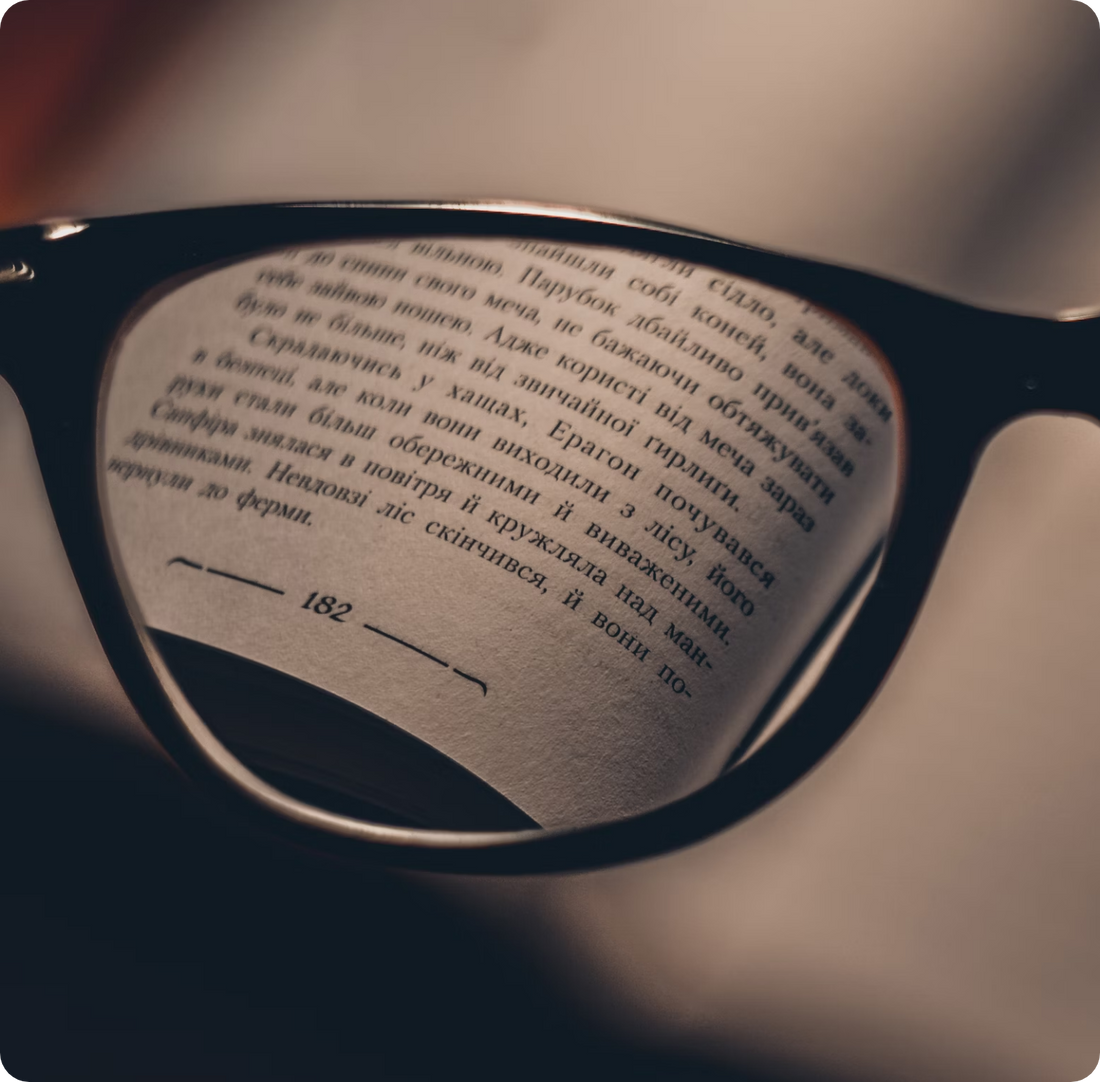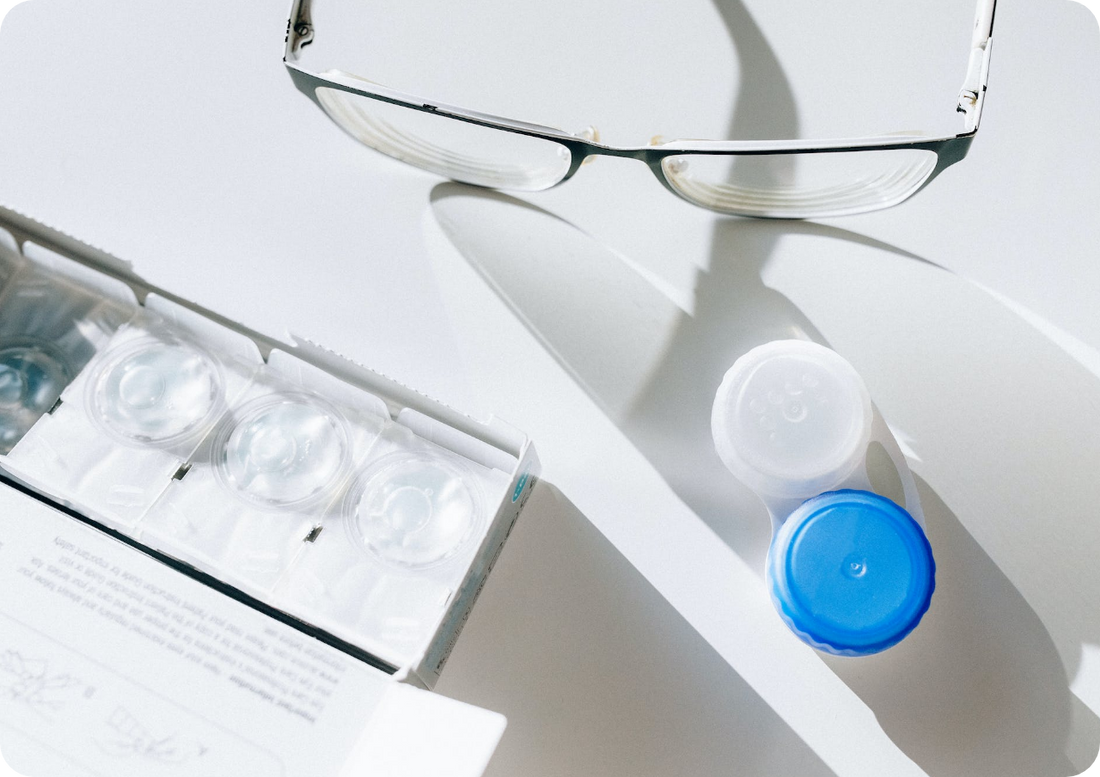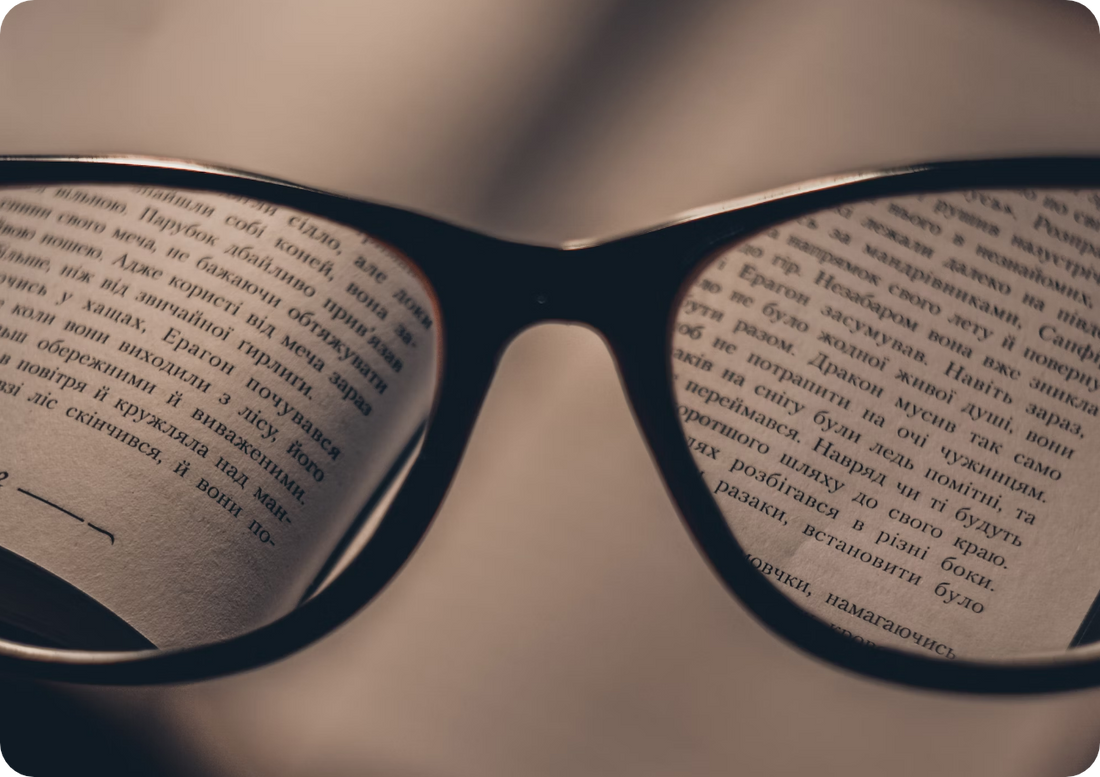Now that we’re in the 2nd Decade of the 21st century, it has become clear that we will be spending a lot of time in front of our phone and computer screens. Nobody is exempt from this technological epidemic: our symbiosis with technology has unfortunately resulted in our eyes taking the brunt of the blows. Nearsightedness, farsightedness and presbyopia are a few of the eye problems which get aggravated due to our present lifestyle.
What is Myopia?
Myopia is the clinical term for nearsightedness: objects in the distance are not in focus, they appear blurry. It is a common problem as you can get it from your parents or if you do up-close reading, whether a book or on a screen.
When a normal person sees an object it is clear because the image of the object is forming on the retina which is the light-sensitive part of your eye. A person with nearsightedness will see a blurry image because the image is forming just before the retina.
Cause of nearsightedness (myopia)
The structure of your eye is to be blamed as causes of myopia are as follows:
- Your eyeball is too long
- Your cornea (outer protective layer) is too curved
- Genetics play an important role because you may have a more severe form of Myopia like High Myopia and Degenerative Myopia which need to be diagnosed and treated as early as possible.
Symptoms of Myopia
You should visit the eye doctor as early as possible if you notice such signs as:
- Headaches
- Squinting
- Eye Strain
- Eye Fatigue
- Difficulty reading from a distance
Nearsightedness can make normal everyday activities like driving, playing sports, or clearly seeing TV really uncomfortable.
Treatment of Myopia (nearsightedness)
A visit to the eye doctor and an eye exam will be enough to provide you with a diagnosis. If you are myopic, glasses are the most common and easy solution.
Myopic people have a negative number for their prescription glasses such as -0.5 to -3. The latter being the strong prescription number.
Along with this, you can take further steps to control myopia. Myopia control methods have shown to reduce a person’s myopia by up to 60%.
You can even go through medical procedures such as Photorefractive keratectomy or LASIK surgery to correct your myopia.








